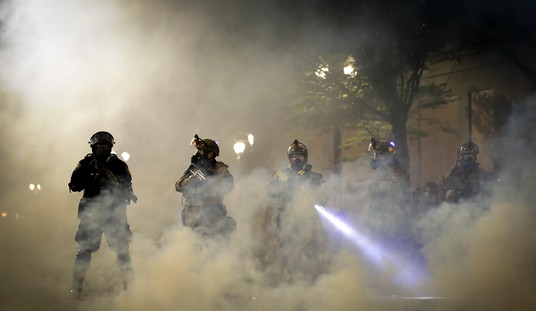 As folks probably know, minimum wage hikes are constantly being touted by Those Who Know Not Math as a way to make poor people’s lives better. And as folks reading this probably also know, this will not actually make poor people’s lives better. What we’re going to do here is give a little practical demonstration along these lines.
As folks probably know, minimum wage hikes are constantly being touted by Those Who Know Not Math as a way to make poor people’s lives better. And as folks reading this probably also know, this will not actually make poor people’s lives better. What we’re going to do here is give a little practical demonstration along these lines.
Assume the following*: you have a fast food restaurant. Everybody makes $9/hour, and works seven hours a day. Also assume that the franchise owners are in a competitive market, which means that they are not using the daily take to wipe their rear ends after a particularly satisfying bowel movement. Finally, assume that the lunch menu starts at 11 AM, the store closes at 10 PM, and it takes an hour to close the store. What would an average set of shifts look like?
Something like this:
| 11 | 12 | 1 | 2 | 3 | 4 | 5 | 6 | 7 | 8 | 9 | 10 | 11 | |
| Register | x | x | x | x | x | x | x | ||||||
| Register | x | x | x | x | x | x | x | ||||||
| Register | x | x | x | x | x | x | x | ||||||
| Register | x | x | x | x | x | x | x | ||||||
| Register | x | x | x | x | x | x | x | ||||||
| Register | x | x | x | x | x | x | x | ||||||
| Cooking | x | x | x | x | x | x | x | ||||||
| Cooking | x | x | x | x | x | x | x | ||||||
| Cooking | x | x | x | x | x | x | x | ||||||
| Cooking | x | x | x | x | x | x | x |
Yes, that’s a weird schedule. It’s a theoretical exercise, OK? The point is, people go on shift, people go off shift, the important hours are covered. Ten people at nine dollars an hour working seven hour shifts = $10*9*7, or $630 (note that I’m not including any benefits or anything, just raw wages).
Now, let’s say that the state bumps up minimum wages by a buck. Ten people at ten dollars an hour working seven hour shifts = $10*10*7, or $700. That’s seventy bucks more a day, four hundred ninety more a week, one thousand nine hundred and sixty a month, twenty five thousand, four hundred and eighty more a year (52 weeks in a year, remember). And that’s per every ten employees. Assuming, again, that the franchise isn’t making insane amounts of profits, that’s money that needs to be made up somehow.
So… well, if you eliminate one shift from the above schedule, you end up with nine people at ten dollars and hour working seven hour shifts = $9*10*7, or $630. Solves the problem of the money, but: where do you cut the schedule? You can’t cut the three closers: they’re cleaning up the store for you. You can’t cut the two openers, or the two people that come in an hour after lunch officially starts: the schedule is already razor-thin there anyway. So… you cut the person on the cashier who was working from 2 to 9 PM, because that’s where the schedule is thickest. At least you’ve got people running all the stations, right?
…And that’s why your Big Mac is colder. Or service was slow at your favorite restaurant – every server now has two more tables to service – or the bathroom at the department store is not quite as clean as it used to be. Because while raising wages via government fiat may make a certain sort of person feel all warm and fuzzy inside, the businesses that actually have to pay out that money can’t make payroll on warm and fuzzy feelings. So they tighten up their payroll until they can – and everybody else gets to pay the price.
Moe Lane
*Yes, I know that the following assumptions are deep in ‘Assume that the cow is a sphere’ territory. I haven’t worked in fast food in twenty years. Mind you, the basics of shift coverage don’t really change.













Join the conversation as a VIP Member